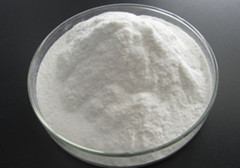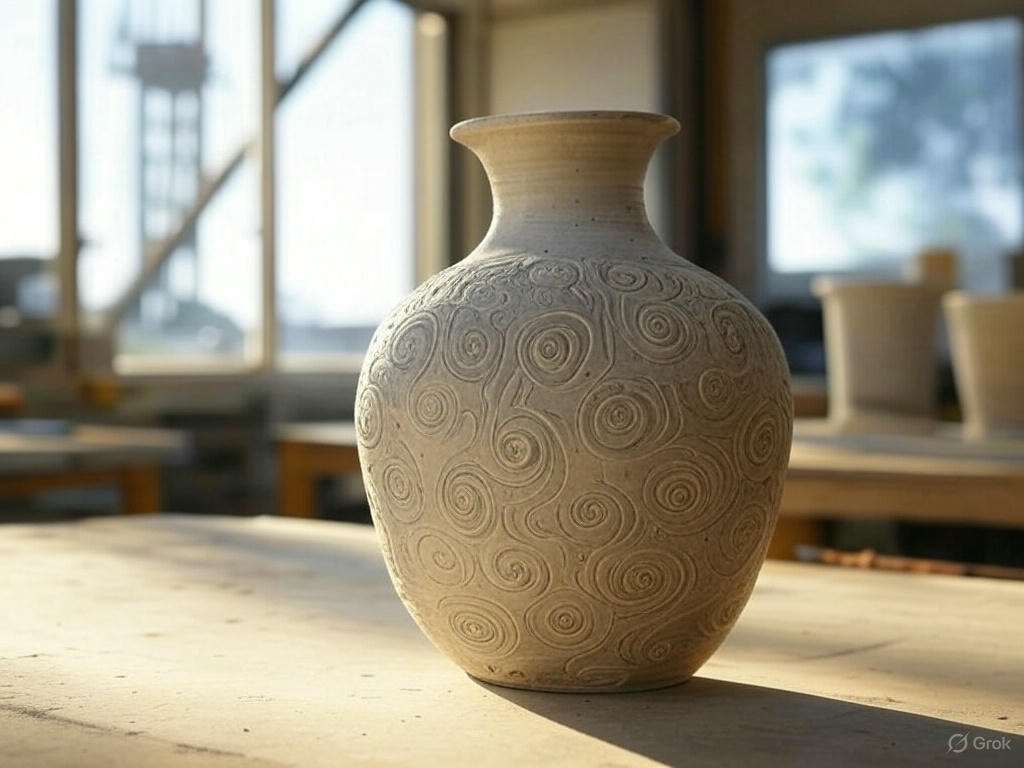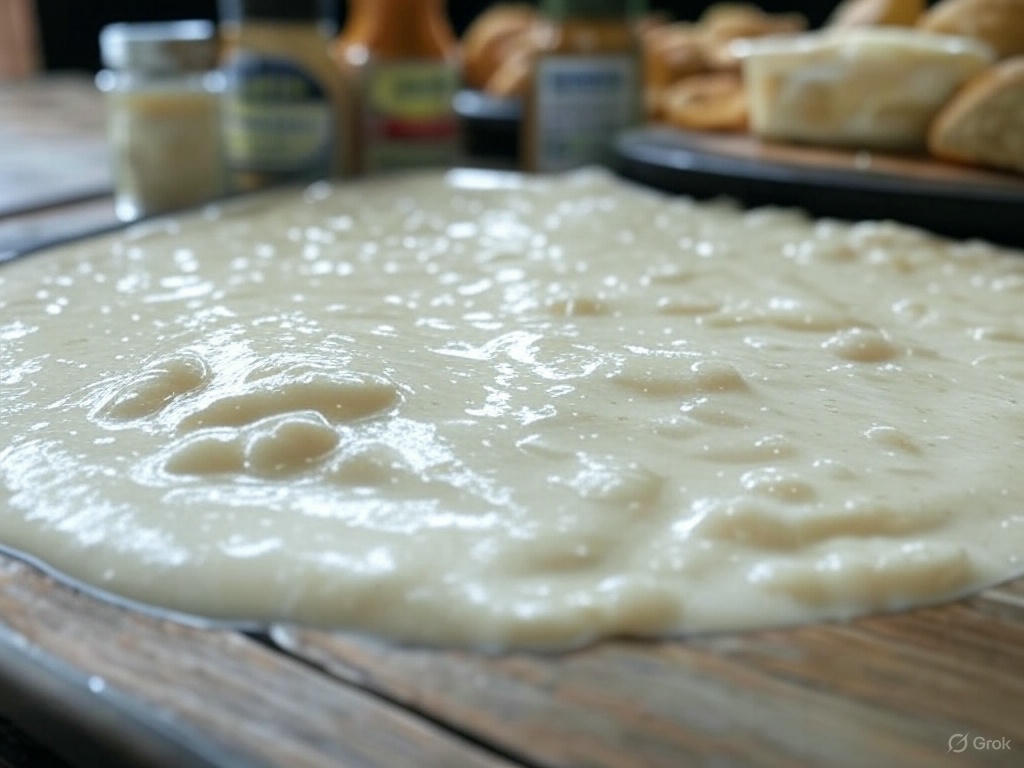Microcrystalline cellulose
Prepared at the 49th JECFA (1997)
superseding specifications prepared at the 46th JECFA (1996),
published in FNP 52 Addendum 4 (1996)
| SYNONYMS | Cellulose gel, INS No. 460 |
| DEFINITION | Microcrystalline cellulose is a purified, partially depolymerized cellulose prepared by treating alpha-cellulose, obtained as a pulp from fibrous plant material, with mineral acids. The degree of polymerization is typically less than 400. Not more than 10% of the material has a particle size of less than 5聽m聽m. |
| Chemical names | Cellulose |
| C.A.S. number | 9004-34-6 |
| Chemical formula | (C6H10O5)n |
| Assay | Not less than 97% of carbohydrate calculated as cellulose on the dried basis |
| DESCRIPTION | Fine, white or almost white, odourless, free flowing crystalline powder |
| FUNCTIONAL USES | Emulsifier, stabilizer, anticaking and dispersing agent |
| CHARACTERISTICS | |
| IDENTIFICATION | |
| Solubility | Insoluble in water, ethanol, ether and dilute mineral acids. Slightly soluble in sodium hydroxide solution |
| Infrared absorption | The infrared absorption spectrum of a potassium bromide dispersion of the sample corresponds to the infrared spectrum in the Appendix |
| PURITY | |
| Loss on drying | Not more than 7.0% (105 掳, 3h) |
| pH | 5.0 – 7.5 Shake 5 g of the sample with 40 ml of water for 20 min and centrifuge. Use the supernatant for pH determination |
| Water soluble substances | |
| Not more than 0.24% See description under TESTS |
|
| Sulfated ash | Not more than 0.05% Proceed as directed under the test for Ash (Sulfated Ash, Method I) using 2 g of the sample |
| Lead | Not more than 2 mg/kg Prepare a sample solution as directed for organic compounds in the Limit Test and determine the lead content by atomic absorption spectrometry |
| Starch | Not detectable See description under TESTS |
| TESTS | |
| PURITY TESTS | |
| Water soluble substances | |
| Shake 5 g of the sample with approximately 80 ml of water for 10 min, filter through Whatman No. 42 or equivalent filter paper into a tared beaker, evaporate to dryness on a steam bath and dry at 105掳 for 1h. Cool, weigh and calculate as percentage. | |
| Starch | Mix 30 g of the sample with 270 ml of water in a high-speed (18,000 rpm) blender for 5 min. Transfer 100 ml of the mixture to a 100-ml graduated cylinder, and allow to stand for 3h. A white opaque, bubble-free dispersion which does form a supernatant liquid at the surface, is obtained.
To 20 ml of this dispersion add a few drops of iodine TS, and mix. No purplish to blue or blue colour should be produced. |
| METHOD OF ASSAY | Transfer about 125 mg of the sample, accurately weighed, to a 300-ml Erlenmeyer flask, using about 25 ml of water. Add 50.0 ml of 0.5N potassium dichromate, mix, then carefully add 100 ml of sulfuric acid, and heat to boiling. Remove from heat, allow to stand at room temperature for 15 min, cool in a water bath, and transfer into a 250-ml volumetric flask. Dilute with water almost to volume, cool to 25 掳, then dilute to volume with water, and mix. Titrate a 50.0-ml aliquot with 0.1N ferrous ammonium sulfate, using 2 or 3 drops of ortho-phenanthroline TS as the indicator, and record the volume required as S, in ml. Perform a blank determination, and record the volume of 0. IN ferrous ammonium sulfate required as B, in ml. Calculate the percentage of cellulose in the sample by the formula:
in which W is the weight of sample taken, in mg, corrected for Loss on Drying. |




